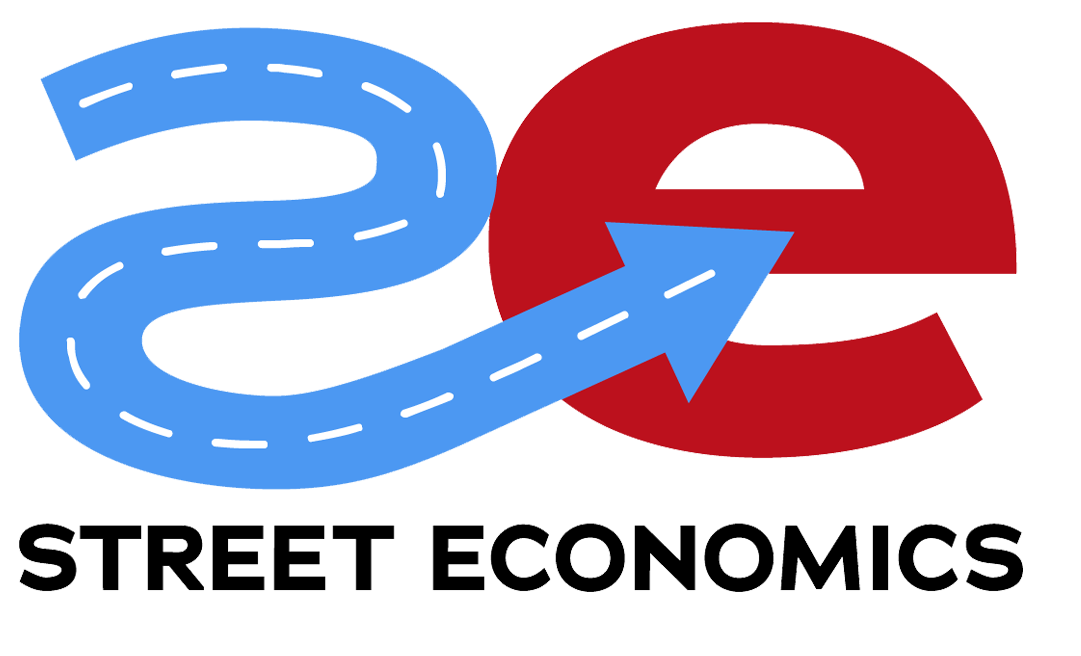BusinessFlare Take
NOT SANTA FE. NOT TAOS. WHY ALBUQUERQUE IS THE NEW MEXICO TRIP TO PUT ON YOUR BUCKET LIST – Cities obsessing over copying Santa Fe’s tourism formula are missing the real lesson about authentic economic development. Albuquerque succeeds precisely because it rejected the Disneyfied tourist trap approach that Santa Fe embraced. While Santa Fe chases rhinestone-cowboy aesthetics, Albuquerque leverages its genuine cultural assets like the National Hispanic Cultural Center and Indian Pueblo Cultural Center without turning them into theme parks. The city’s $108 million Netflix investment and production facility represents real diversification, not just another attempt to extract tourist dollars. Many economic developers chase the shiny tourism model without understanding that authentic places with real economic foundations outlast manufactured attractions every time.
Street Economics Insight
WELCOME TO DALLAS: THE CITY THAT JUST CAN’T STOP EXPANDING – North Dallas represents some things that many cities get wrong about growth management. Instead of hoping growth happens, they systematically planned for it with infrastructure investments that preceded development. Frisco’s decision to skip the regional transit system and invest sales tax revenue directly in infrastructure shows how strategic revenue allocation can beat feel-good transit projects. The tollway extension to Celina won’t open until 2027, but developers are already building schools in anticipation. This is economic development in reverse: build the capacity first, then capture the value. Cities waiting for development to happen before investing in infrastructure will always be playing catch-up to places like Dallas that understand growth is a deliberate economic strategy. Economic development is about creating places that people want to be, and not everyone wants to live like sardines and ride buses and bikes everywhere, no matter how much the planners tell them they should. Freedom of lifestyle choice is paramount no matter what the “best practices” say.
Drama Meter Reading
PROTESTS AGAINST SURGING MASS TOURISM IN MEXICO CITY END IN VANDALISM, HARASSMENT OF TOURISTS – Mexico City’s violent anti-tourism protests reveal what happens when local governments let economic development run on autopilot. Since 2020, U.S. digital nomads flooded trendy neighborhoods like Condesa and Roma, driving rents through the roof while city officials collected tax revenue and ignored displacement. Protesters smashing storefronts and screaming “get out of Mexico” represents complete municipal policy failure. Cities courting remote workers without housing policies to protect existing residents are creating economic time bombs (Key West). The graffiti reading “gringos, stop stealing our home” should be required reading for every economic development director pushing digital nomad strategies without considering local impact.
Book Drop
‘THRILLED’ CALIFORNIA DEVELOPERS CHEER ROLLBACK OF STATE’S ENVIRONMENTAL LAW – California’s rollback of CEQA environmental reviews for urban housing projects perfectly illustrates themes from “Red Tape Empire” about bureaucratic complexity destroying economic opportunity. The law blocked 48,000 approved housing units in 2020 alone through frivolous lawsuits that had nothing to do with environmental protection. One developer budgets $2-5 million per project just to navigate environmental reviews, while another scrapped a 350-unit downtown LA project after three years of court battles. The real environmental damage comes from forcing development into sprawling suburbs because urban infill becomes legally impossible. Red tape doesn’t protect the environment when it makes sustainable development economically unfeasible.
ECOSINT Signal
HOW TELEGRAM BECAME A MAGNET FOR EXTREMISTS AND CRIME – Telegram’s billion-dollar revenue milestone while serving as a platform for extremist coordination creates security vulnerabilities that cities completely ignore in their digital infrastructure planning. The app’s light content moderation and encryption capabilities make it a preferred tool for criminal networks operating across borders. Russian intelligence uses Telegram to recruit saboteurs in European cities, while hate groups coordinate using its channel system that can reach millions. Local law enforcement agencies focusing on traditional crime miss how encrypted platforms enable coordinated attacks on municipal infrastructure. Cities investing in smart city technology without understanding the security implications of encrypted communications are creating attack vectors they can’t monitor or defend against.
Red River Flavor
HOW THE OWNER OF HIDDEN VALLEY RANCH LEARNED TO LOVE AI – Clorox’s $580 million digital transformation to create AI-generated food advertising represents everything wrong with our industrial food system taken to its logical extreme. The company now uses artificial intelligence to make artificial food look more appealing in artificial marketing campaigns. When your business model requires AI to make chicken wings look edible next to processed ranch dressing, maybe the problem isn’t the marketing technology. Clorox’s AI suggested “bleachless bleach” and claimed people might “love their pet’s poop” during brainstorming sessions, proving artificial intelligence works perfectly for artificial food products. While Clorox analyzes consumer reviews to discover that Burt’s Bees customers care more about scent than moisturizing, real food companies focus on ingredients that actually nourish people instead of data points that maximize profit margins.
The Music Cities
RECORDING ACADEMY CEO ON HOW AI WILL CHANGE MUSIC, THE GRAMMYS AND WHAT IT MEANS TO BE A MUSICIAN – The Grammy Awards chief’s prediction that AI will transform music creation while human artists remain more meaningful shows how cities should approach cultural economic development. Harvey Mason Jr. acknowledges AI can generate great music but believes human experience creates deeper connections with audiences. This mirrors successful music cities that blend technology with authentic cultural identity rather than replacing one with the other. The key insight for economic developers: AI tools can enhance cultural production without destroying the human elements that make places distinctive. Cities trying to automate their way to cultural relevance miss the point that people travel to experience authentic human creativity, not algorithmic content they can access from anywhere.
Space Economy Signal
SPACEX STAFF TO GET LAVISH PARK IN MUSK’S LATEST TEXAS LAND BUY – SpaceX’s “Project Echo” employee recreation complex in Bastrop represents smart workforce retention strategy that most cities ignore when recruiting companies. The basketball courts, pickleball facilities, and kayak decks cost millions but solve the real problem of keeping high-skilled workers in smaller markets. Bastrop’s Starlink factory produces 15,000 terminals daily and will expand by one million square feet, employing hundreds more workers. The county approved development permits for the recreation facility while requiring flood elevation certificates, showing how local government can enable private investment without abandoning regulatory oversight. Cities offering tax incentives to land major employers should learn from SpaceX’s approach: workforce amenities matter more than financial giveaways for retaining talent.
Purple Cow of the Day
CHINA HAS STIFLED HONG KONG’S VOICE, BUT NOT ITS SPIRIT – Hong Kong’s resilience as a financial hub despite political upheaval offers unexpected lessons for cities facing economic disruption. Five years after Beijing’s national security law effectively ended dissent, the city’s financial markets are stronger than predicted. Former Morgan Stanley Asia chairman Stephen Roach, who declared Hong Kong “over” in 2024, now admits the city benefits from US-China tensions because of its unique position as China’s window to international finance. The Purple Cow lesson: authentic economic advantages can survive political trauma better than manufactured competitive advantages. Hong Kong’s success stems from genuine financial infrastructure and legal systems that remain valuable even under authoritarian rule, proving that real economic foundations outlast political volatility better than cities built on incentive packages or promotional campaigns.
About Street Economics Daily
Street Economics Daily cuts through noise, jargon, and bureaucracy to deliver sharp, actionable insights for civic and economic development professionals. Blunt, irreverent, and grounded firmly in reality, it’s essential daily reading for city leaders who refuse to settle for outdated strategies.



No responses yet